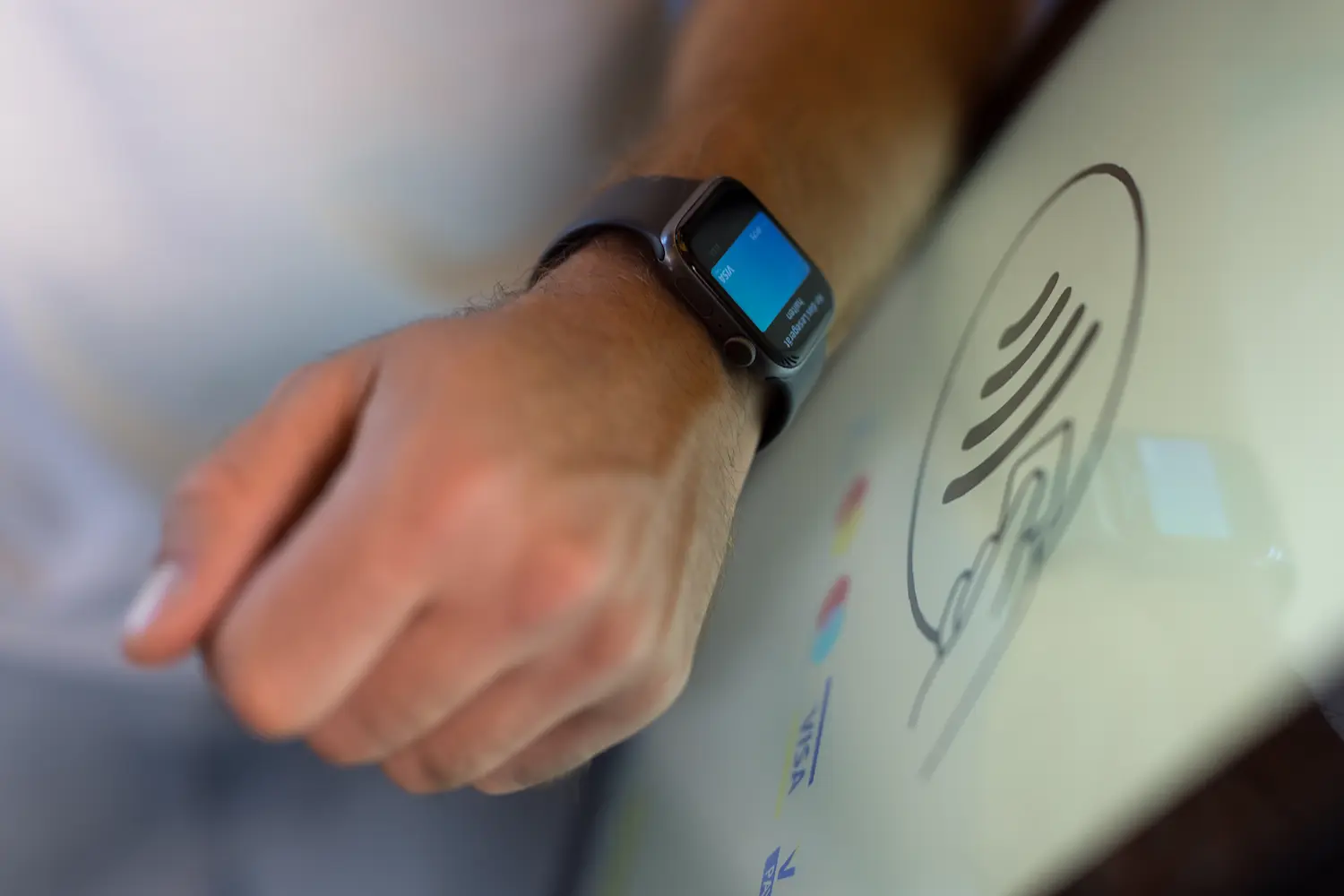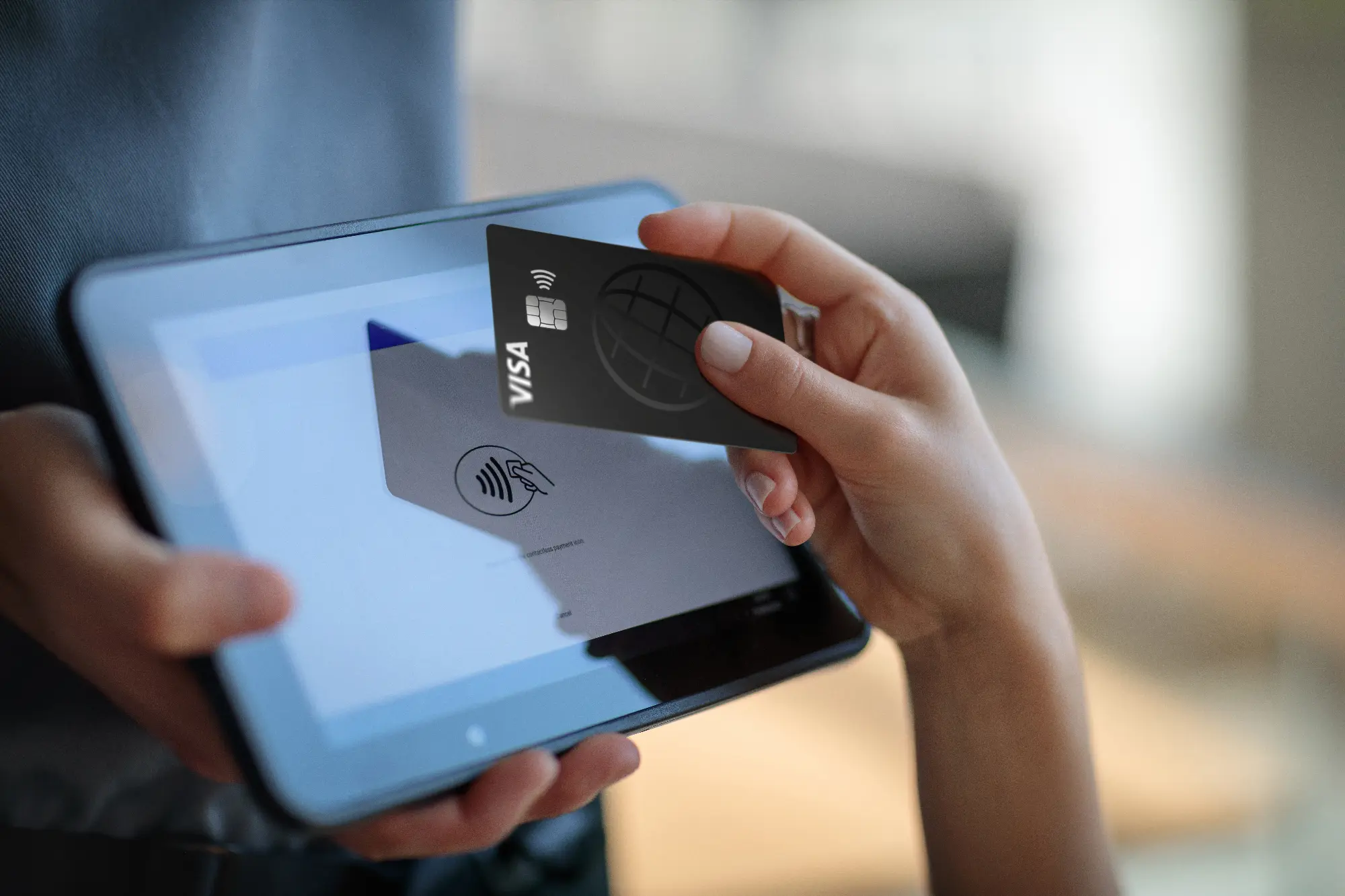Table of contents:
- What is Payment Fraud?
- What Types of Fraud are There?
- Risks in Contactless Payments
- How Fraudsters Operate
- Protective Measures
- What to do in the Event of Fraud
- Partnering with oona
Payment Fraud
There are many different types of payment fraud out there that can put businesses and customers at severe financial risk. From credit card theft to phishing, here’s a guide on the different types of payment fraud and the protective measures you can take.
What is Payment Fraud?
Payment fraud happens when someone uses false or stolen payment information to make illegal transactions. Scams and fraudulent activities tend to evolve over time and become harder to spot, so it’s important that individuals and businesses to educate themselves on how to recognize and avoid attacks.
What Types of Fraud are There?
There are many types of payment fraud out there. Below are some of the most common methods:
Credit Card Fraud
This type of fraud is becoming increasingly common. Credit card fraud is when an unauthorized person gains access to credit card information in order to make illegal purchases or transactions without your knowledge or consent.
Identity Theft
Of all the different types of payment fraud around, identity theft is one of the scariest and often hardest to detect. Identity theft is when someone uses your personal information to pretend to be you and make purchases. Some signs of identity theft include unusual payments or charges, contact about non-purchased goods, or an increase in suspicious emails, texts, or phone calls.
Phishing
Phishing is a scam fraudsters use to either trick people into giving up sensitive information or to unknowingly install malware onto your devices. Phishing attacks usually begin as emails, text messages, or phone calls from cyber criminals masquerading as legitimate businesses.
Skimming
Skimming happens when a physical card is illegally scanned while it’s used in an ATM or with a payment reader. Skimmers are small electronic devices that can be either fitted to the card reader at ATMs, or at point-of-sale (POS) terminals. These devices then take the data they’ve skimmed to make purchases without your knowledge.
Man-in-the-Middle Attack
As the name suggests, this type of payment fraud happens when a cyber criminal intercepts a communication between two parties (often when someone is logging into or using a service), and either eavesdrops or impersonates one of the parties to steal information.
Account Takeover
Account takeover fraud, or ATO for short, happens when fraudsters gain control of a legitimate online account without the account owner’s permission.
Risks in Contactless Payments
While the ease and speed of contactless payments is well known, the danger of using a contactless card exists because a PIN number or signature isn’t needed to authorize the transaction. To mitigate the risks posed by contactless payments, many banks have introduced daily transaction limits and/or PIN verification for more expensive purchases.
How Fraudsters Operate
As we previously mentioned, the use of contactless payments comes with some vulnerabilities. A stolen card or smart device without proper security features can open the door for fraudsters to make illegal transactions on your behalf.
Fraudsters often operate by tricking, scamming, intercepting, or stealing banking or personal details, but there are some ways to fight back against their techniques.
Protective Measures
There are a number of ways to protect against payment fraud. Here’s are a few key measures:
Technological Protection
One security measure is called tokenization, and is a process whereby sensitive information, such as a credit card number, is replaced with a set of randomly generated numbers called a “token”. This token is then used to process a payment without any bank information being transferred. Another method is encryption, where an algorithm encrypts sensitive data at its origin and then decrypts it at the end, using a key.
Customer Protection
Fraud prevention can also come from talking to your customers about security awareness. By regularly monitoring their own accounts for unusual activity, customers can help flag potentially fraudulent activity early.
Another way to boost cashless payment security is to incorporate two-factor authentication, which is an added layer of security that uses two separate ways for a customer to verify their identity.
Transaction Monitoring
Real-time transaction monitoring ensures the immediate detection of potentially fraudulent activity, especially when coupled with customer’s behavioral analysis. By keeping an eye on transaction patterns it’s easier to detect any anomalies and take proactive security measures early on.
What to Do in Case of Fraud?
To detect fraud causes, companies need to understand the different types of payment fraud out there, be vigilant with suspicious transactions, and have a crisis response ready when uncovering fraudulent activity.
However, in case of fraud prevention is better than cure. There are many ways to protect against payment fraud, including building a collaboration with a trusted payment service provider to protect customer data and maintain trust.
Partnering with oona
The Payment Card Industry Security Standards Council (PCI SSC) works to protect payment data by setting security standards on all POS devices that accept card payments. Its latest release is the Mobile Payments on Commercial Off-the-Shelf (MPoC), which is an approval program for payment providers that uses an app and Commercial Off-the-Shelf (COTS) devices instead of a traditional payment terminal.
oona devices are ready with the latest MPoC standards to accept tap-to-pay payments via contactless card, mobile wallets, smart watches, or other contactless payment methods. oona is the brand new payment solution for safe and secure transactions.
Share this
You May Also Like
These Related Stories

Different Types of Contactless Payment

What Payment Hardware Do You Need?

